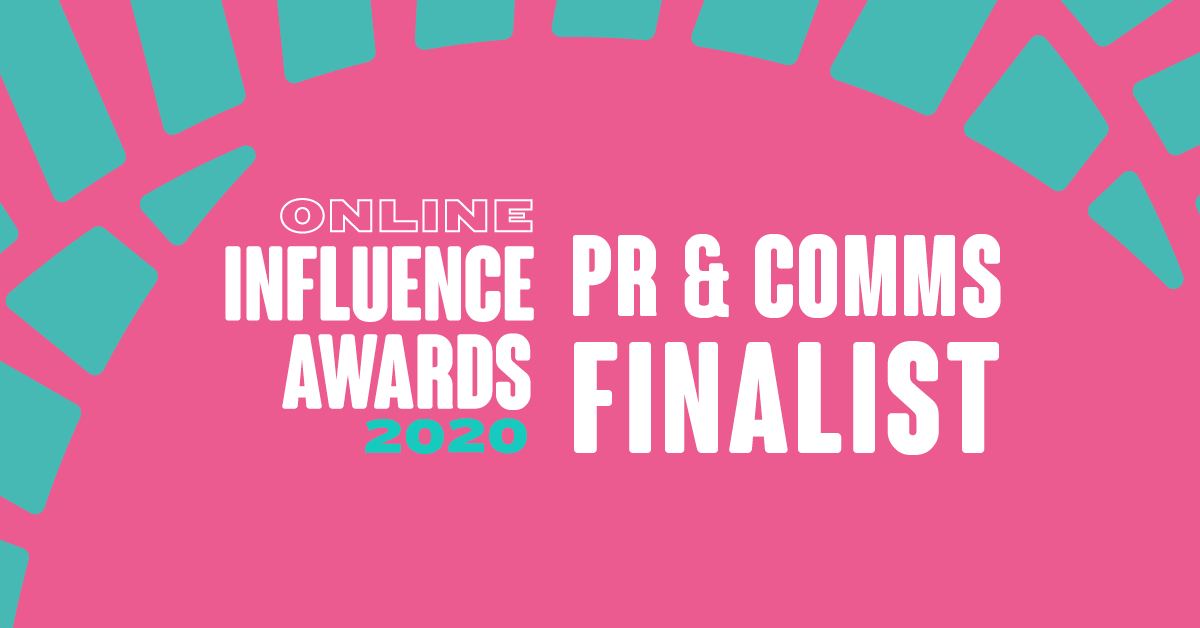If you paint yourself white, hide under a table and have lots of takeaway food that may be the way to survive a nuclear attack. For those old enough to remember a UK television comedy of the early 1980s called The Young Ones that was the way they laughed at what was covered in the Protect and Survive Manual. I still have a copy of that manual which was developed around 20 years earlier to give people advice on what to do in the event of a nuclear attack.
I remember being at primary school and trying to work out what I could do if there was a warning of a nuclear attack. Could I make it home to be with my family? What would it feel like? Would I have to hide at school? This may all sound a bit extreme but for anyone of my generation it was a real threat and one that was talked about and became the subject of television dramas. So with the public service information released in New York this week all these thoughts came flooding back.
If you haven’t seen it New York City Emergency Management Department circulated a video that started with the words “So there has been a nuclear attack…” and went on to give advice about staying indoors, going to a basement or away from windows, staying inside and waiting for more information. (https://www.youtube.com/watch?v=N-5d7V4Sbqk) There was no context to it other than that the department was sharing important information in the event of an attack. I was interested to see how it would be received.
Quite quickly there were memes being shared making light of the announcement. But I am sure that there were many other people who were fearful about the reason behind why that information and why now. To explain New York Mayor Eric Adams said he approved of the message saying it was about ‘preparedness’ and ‘taking necessary steps after what happened in Ukraine’. But is this enough? Will people really understand how to be prepared? Are we making them alert or alarmed? If this happened in the UK how would it land?
I have been reflecting a lot recently about how we can help and support people to be more prepared for disasters, emergencies and crises. Starting the conversation about terrible situations is not simple. People will want to turn away from discussing terrible moments that may happen in their lives, and will always feel these things are likely to affect others rather than themselves. This is challenging and there needs to be some careful thought and discussion. We need people to want to be prepared, not scared or hiding from the real risks of life. Are we even having conversations about real risks that people face?
The possibility of a nuclear attack is there. The possibility of an asteroid striking the earth is there. The possibility of a zombie apocalypse is there. Are we going to experience these things tomorrow? Who knows but it is less likely than that we may contract Covid-19, we may injure ourselves at home, or we may be involved in an accident on the roads. There are many other issues or problems that we could benefit from starting a conversation about being prepared for. Believe me I still know what is in that Protect and Survive Manual although how helpful it would be is really a subject for another discussion. Let’s start the conversation about preparedness with something that is more immediately meaningful for people.

